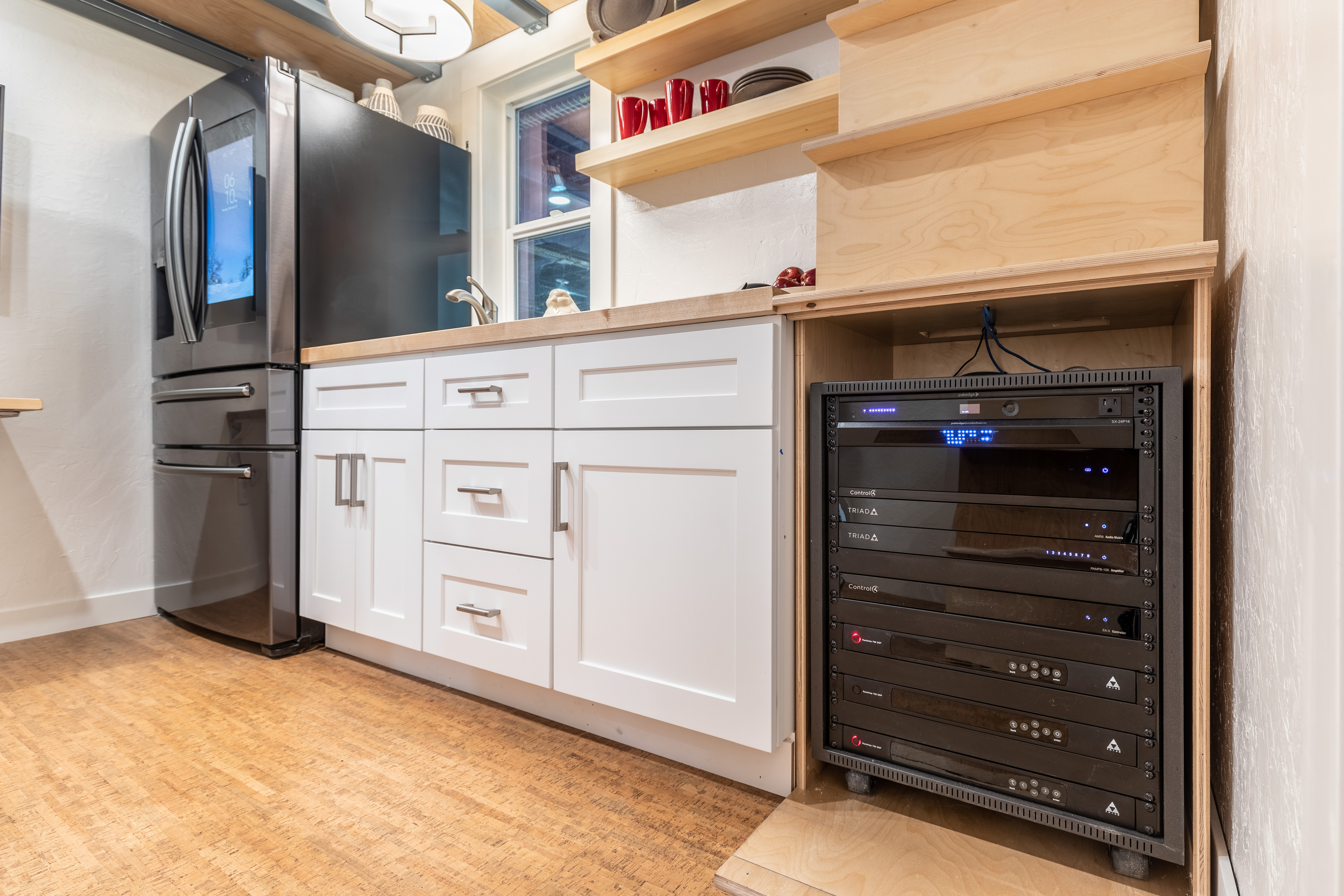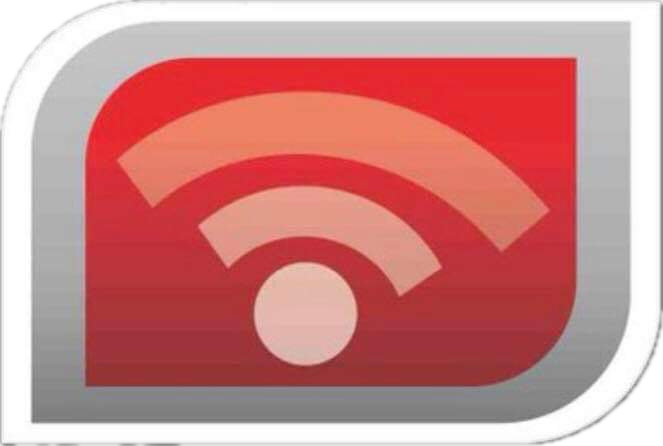The emergence of Internet-enabled devices and how it is changing the landscape of home entertainment
20/May/2010 03:00 Filed in:
Trends
by Agautam
In the past few years, TVs and computers have become highly commoditized items and technology companies, retailers, and content providers are increasingly shifting to a service-oriented model to increase their revenues. Selling a portable media player with a music subscription or a DVD player with movies adds value to a purchase.
Now the same players are making a push towards the home and grabbing a piece of ever-increasing home entertainment market. Best Buy announced in March that it will start selling higher value “invisible” digital products. Sonic solutions, a company which digitizes content for media companies and Hollywood is working with Best Buy to stream content from the cloud to any device. Its cinema-now movie service is offered on network enabled DVRs and blu-ray players. Wal-mart bought Vudu digital media service in February to cater to digital needs of the consumers. There are set-top boxes, game consoles, blu-ray players delivering content from the internet to the TV such as Pandora radio, Net-flix streaming and Flickr photos. These are over-the-top (OTT) devices which bypass the traditional cable and satellite companies to reach directly to the consumers.
All the big TV makers are also adding these services to their sets directly to differentiate their products such as Skype videoconferencing. Sony is expected to unveil Android-based internet TV with Intel’s atom chip inside sometime this week. The established players, Comcast and Dish Networks are adding their own services to fight against this new threat and retain customers. Comcast has introduced its TV Everywhere, allowing consumers to access programming online, in addition to the set-top boxes. Dish Networks bought Sling Media which allows for content to be viewed remotely on mobile devices and PCs.
Lastly, many wireless and wired solutions are competing to route all this high bandwidth content across the home. Right now, consumers use unreliable Wi-Fi and limited cabling solutions, whereas the idea in the future will be to have carrier-grade connection.
The International Telecommunication Union ratified a new “G.hn standard” for wired home networking. The technology can run over power lines, phone lines and coaxial cable. However, backers of HomePlug AV and MoCa (multimedia over cable) technologies have criticized the standard. In wireless technology, the Wi-Fi and WiGig have announced a cooperation agreement to develop multi-gigabit technology for wireless high-definition video in the home, competing with existing WirelessHD and WHDI technologies.
As the newer networking technologies and wireless solutions develop, they will remove the need for tangles behind the television set and elsewhere. These ever-changing and invisible forces (no pun intended) at work will drastically change the landscape of how future homes are designed and function for entertainment.
Tags: Wireless Technology, internet, Cedia




